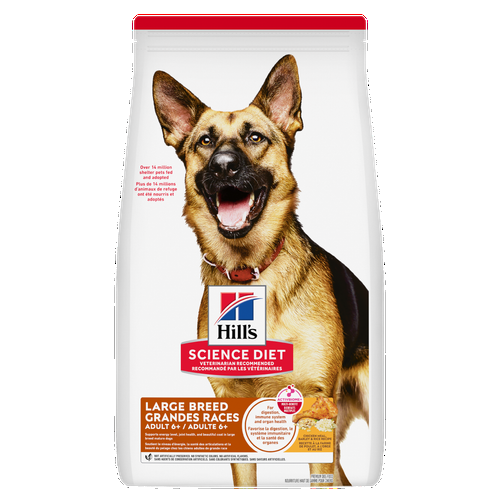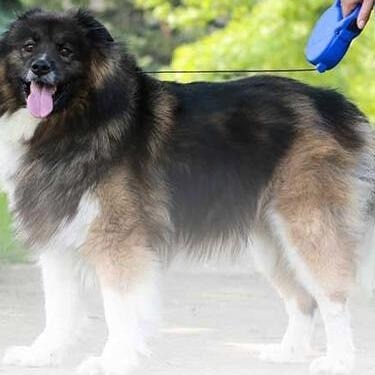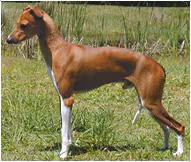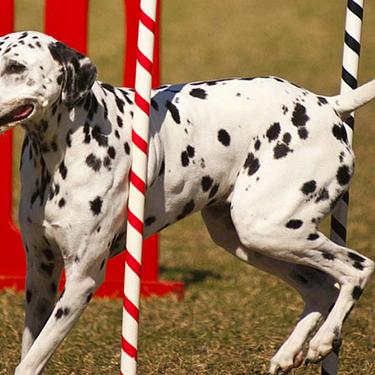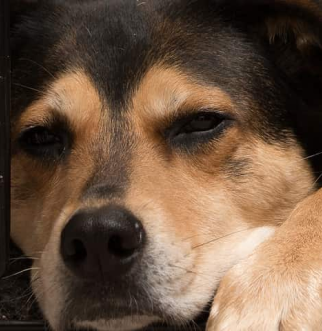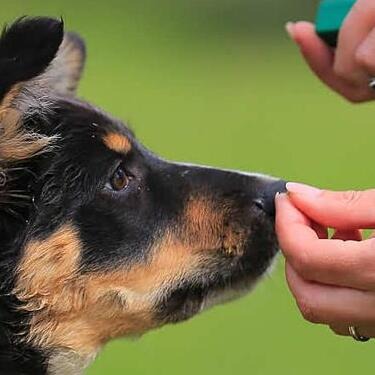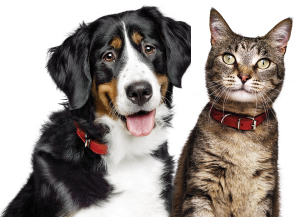The Italian greyhound has supple skin, and the short coat is glossy to the eye and velvety to the touch. Various coat colors and marking patterns are seen in the breed, although blues and grays are prevalent.
Italian greyhounds are sweet, gentle, affable dogs that can be needy in their desire for affection. Denied attention, they can become shy, hyper or both. One-person or one-family dogs, they may display an aloof attitude with strangers. Although generally compatible with children, Italian greyhounds tend to shun rambunctious child's play.
They typically get along with cats and other dogs of similar size. Although small, Italian greyhounds bark rather than yap, and they will readily do so to alert their owners to approaching strangers.
The Italian greyhound is, without question, an indoor dog. They crave warmth and sometimes resist venturing outside in cold or wet weather. In inclement weather, caregivers should use sweaters or jackets on their Italian greyhounds.
Although they require little exercise, Italian greyhounds should be leash walked a few times daily. Housetraining the Italian greyhound can be a challenge, as some are stubborn about it. Doggy doors and paper training facilitate housetraining in the breed.
The Italian greyhound sheds, but the hair is so short and fine that molts are hardly noticeable. These dogs are prone to dental disease, and tooth brushing and supplementation with hard, mildly abrasive foods and chew toys promotes dental health in the breed. Their toenails should be clipped regularly to prevent overgrowth.
The smallest of the sighthound breeds, the Italian greyhound is believed to have originated over 2,000 years ago in the Mediterranean basin countries now known as Greece and Turkey. Evidence of its origin lies in the depiction of miniature greyhounds in the early decorative arts of this region, and in the archaeological recoveries of small greyhound skeletons.
Although controversy exists over this diminutive dog's original purpose — small-game hunter or household companion — the Italian greyhound likely served a dual role. By the Middle Ages, the breed had disseminated throughout southern Europe. Prized for its beauty, small size and sweet disposition, the Italian greyhound derived its name from the Italians, among whom it was a favorite breed in the 16th Century. Coveted by European royalty, including the consort of England James I, Anne of Denmark and Catherine the Great of Russia, the Italian greyhound was frequently depicted in the Renaissance paintings of artists like Giotto, Carpaccio and Memling.
In 1886, the first Italian greyhound was registered with the American Kennel Club. However, the breed was rare in the U.S. until about 20 years ago. Today, many families enjoy Italian greyhounds for their affectionate disposition, adaptability to most living situations, and simple upkeep.
Adopt a pet. Change a life.
Are you prepared to adopt a pet? Use these tools to make sure you are ready for the commitment.
Adopt a pet. Change a life.
Are you prepared to adopt a pet? Use these tools to make sure you are ready for the commitment.

